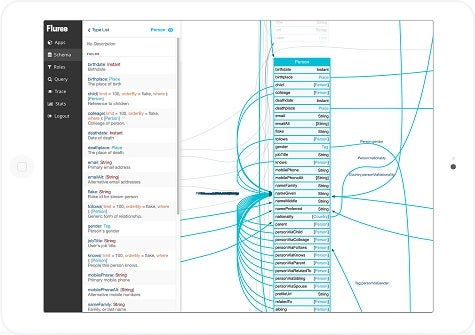Fluree PBC announced this week that FlureeDB, a blockchain database that promises to make it simpler to build applications, is now generally available.
Company CEO Brian Platz says that rather than working with raw blockchain technologies, FlureeDB presents developers with a familiar database construct for creating applications that are immutable.
FlureeDB is ideally suited for distributed ledger applications based on so-called smart contracts that are made available on a permission basis. To facilitate those transactions, FlureeDB meets standards for running Atomicity, Consistency, Isolation, Durability (ACID) transactions, says Platz.
In addition, FlureeDB makes available a separate query engine to optimize analytics that can take advantage of a graph database structure that gets automatically generated from log files within the database, adds Platz.
By the end of the year, Platz says Flurree plans to make FlureeDB formally available as an open source project and that it plans to provide commercial support services for enterprise customers and cloud service providers.
While Platz says FlureeDB is not designed to support high-performance transaction applications, the core database itself can process transactions at rates that would be in keeping with a consensus-based distributed ledger being shared by multiple organizations.
“It’s plenty fast enough for most use cases,” says Platz.
While blockchain technologies are clearly still in their infancy, interest in the core technology employed to drive cryptocurrencies has been rising within a range of enterprise applications. In fact, Platz says there’s nothing especially new about blockchain technology itself. What is novel is how they have been combined to drive new use cases, says Platz.
It may take a while before blockchain applications are commonplace. But given the level of interest in applying an immutable approach to processing transactions, it’s now a matter of when rather than if blockchain technologies will be playing a significant role in the enterprise. In the meantime, there’s no shortage of opportunities for enterprise developers to familiarize themselves with how to build and deploy blockchain applications.



